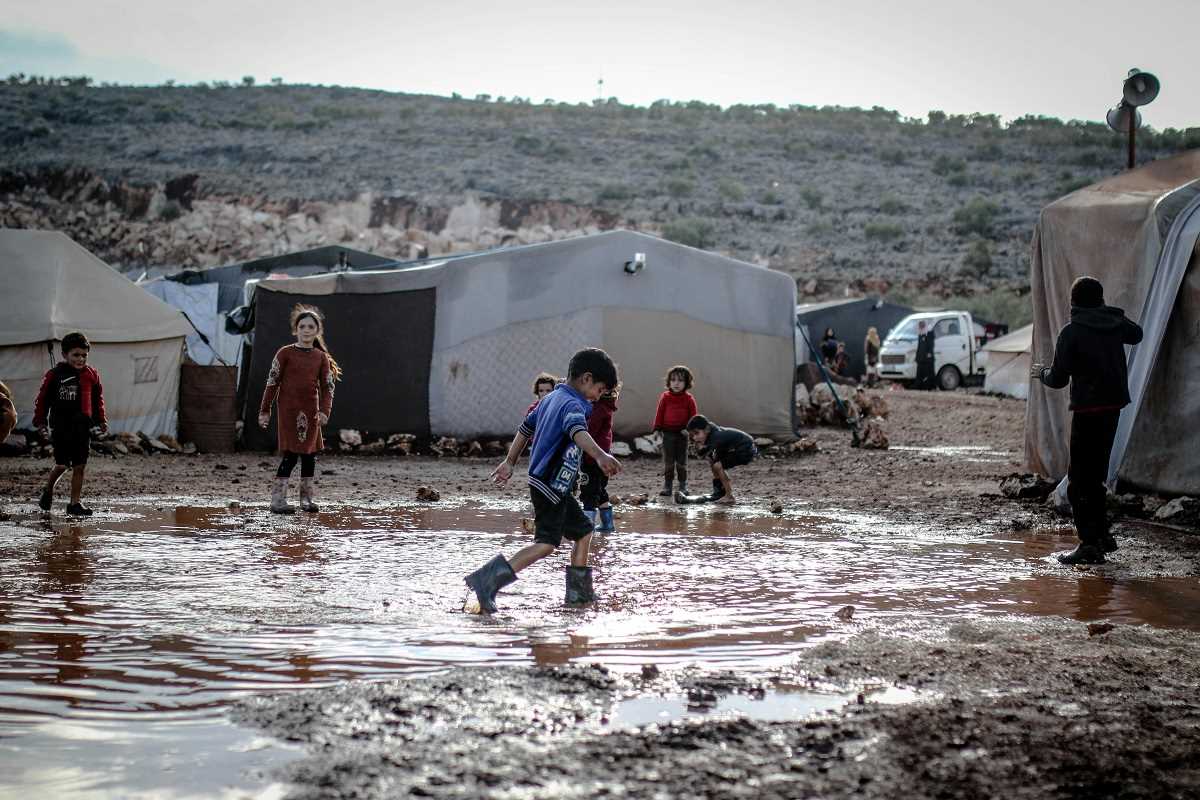Imagine moving to a new country, leaving behind your home, culture, and everything familiar. Now imagine navigating a world where even something as simple as buying groceries feels unfamiliar because of language barriers or cultural differences. For immigrants and refugees, these challenges can be overwhelming. But here’s the good news: local services like libraries, community centers, and other public spaces offer tremendous potential to create welcoming environments that help people not only adapt but thrive.
When communities work together to make immigrants and refugees feel at home, they build bridges of understanding, create stronger neighborhoods, and cultivate an environment of kindness and inclusion. Here’s how local services can play a crucial role and what you can do to support these efforts.
The Role of Local Services in Supporting Immigrants and Refugees
Local services are lifelines for newcomers. They’re accessible, often free, and offer vital resources to help people integrate into their new communities. Here are just a few ways they make a difference:
1. Language Support and Education
One of the biggest hurdles immigrants and refugees face is learning the local language. Libraries and community centers frequently offer language classes, conversation groups, or resources like online learning tools and language-specific books. For many, these services become the foundation for stronger communication skills, confidence, and independence.
For example, a library in Minneapolis launched “English Together,” a group-based language program designed for immigrants to practice conversational English in a relaxed, non-judgmental setting. Partnering with local volunteers, the initiative significantly improved participants’ speaking skills while fostering friendships and connections.
2. Cultural Orientation and Integration
Stepping into a new culture can be daunting. Local services often host cultural orientation programs to help newcomers learn about customs, laws, and general societal norms in their new community. These programs provide practical information like how to use public transportation, access healthcare, or enroll children in school.
Supporting integration doesn’t require large-scale initiatives every time. Something as simple as community centers organizing “welcome nights” where long-time residents mingle with newcomers over a potluck can build understanding and relationships.
3. Access to Essential Resources
From legal aid to housing assistance and job opportunities, immigrants and refugees often need help accessing key resources. Libraries and community centers often partner with nonprofits or government agencies to provide resource fairs or one-on-one help in areas like finding work, applying for benefits, or navigating immigration paperwork.
For instance, a library in Seattle became a hub for refugee families after partnering with a local nonprofit to provide monthly job fairs tailored to newcomers. Families could meet recruiters, update resumes, and even find on-the-spot employment opportunities.
4. Safe and Welcoming Spaces
Being new to a community can feel isolating, and it’s easy to feel unwelcome without a support system. Local services like libraries and community centers offer safe, inclusive spaces where people can gather, learn, and connect. These spaces also serve as hubs for social interaction, from kids attending storytime sessions to parents meeting during after-school programs.
Community centers in Toronto, for example, transformed into cultural hubs, hosting multi-language story sessions for kids and offering open play sessions specifically for immigrant families to bond with others in the same situation. These hubs became sanctuaries for families navigating a brand-new world.
How Communities Can Make Local Services More Inclusive
While many local services already provide excellent programs, there’s always room for improvement. Here’s how communities can make these spaces even more welcoming:
1. Offer Multilingual Resources and Staff
Having resources available in multiple languages can go a long way toward making immigrants and refugees feel included. From signage to brochures, ensuring that information is accessible in languages commonly spoken by the local immigrant population is key.
Similarly, hiring staff members from diverse cultural backgrounds or providing training to existing staff on cultural competence ensures that people are welcomed warmly and without judgment. Something as simple as greeting someone in their native language can create a powerful connection.
2. Partner With Cultural Organizations
Creating partnerships with cultural organizations is a great way to bring authenticity to programming for immigrants. For example, invite local advocacy groups or immigrant-led organizations to co-host events or workshops. This not only enhances the quality of programs but also amplifies the voices of immigrants in shaping the services they use.
Recently, a community center in Denver collaborated with a Somali cultural organization to host a “Taste of Home” series. Through cooking classes and cultural discussions, the events celebrated Somali traditions while introducing newcomers to other members of the community.
3. Host Inclusive Events
Public workshops, cultural events, and recreational programs create opportunities for people to celebrate differences and bond over shared experiences. For instance, a community potluck where everyone contributes dishes from their home country is a fantastic way for new and long-time residents to connect.
To increase accessibility, go a step further by offering childcare, transportation support, or interpreters at these events. These small acts of inclusivity make it easier for immigrant families to participate and feel part of the community.
4. Create Welcoming Committees
Communities can form welcoming committees that actively work to make immigrants and refugees feel at home. These committees can connect newcomers to local services, offer mentorship opportunities, or simply serve as friends to lean on during their transition.
For example, in a small town in Pennsylvania, a group of volunteers created a buddy system where immigrant families were paired with local families. Over time, these friendships helped foster inclusion and understanding, creating a ripple effect of kindness.
5. Ask for Feedback and Listen
No one understands the needs of immigrants better than immigrants themselves. Make it a priority to gather feedback from the populations you’re trying to help. Hold listening sessions, distribute surveys in multiple languages, and create safe spaces for people to share their thoughts.
Listening to feedback ensures that programs are effective and meaningful. A community center in Austin introduced ESL classes tailored for parents of school-aged children after hearing that many immigrant parents struggled to engage in their child’s education due to language barriers.
A Community Effort Worth Pursuing
Local services are more than just places to borrow books, access the internet, or drop off kids for sports practice. They’re gateways to opportunity, connection, and belonging for immigrants and refugees who are starting a new chapter in their lives. By making small but meaningful efforts to ensure that local services are inclusive and welcoming, we can change lives in profound ways.
Communities thrive when they include everyone. Whether you’re an advocate, a volunteer, or a neighbor, your efforts to build welcoming spaces can create lasting bonds and break down barriers. Together, we can create a world where newcomers feel not only accepted but celebrated.
 (Image via
(Image via





